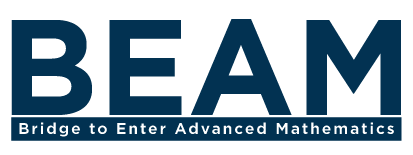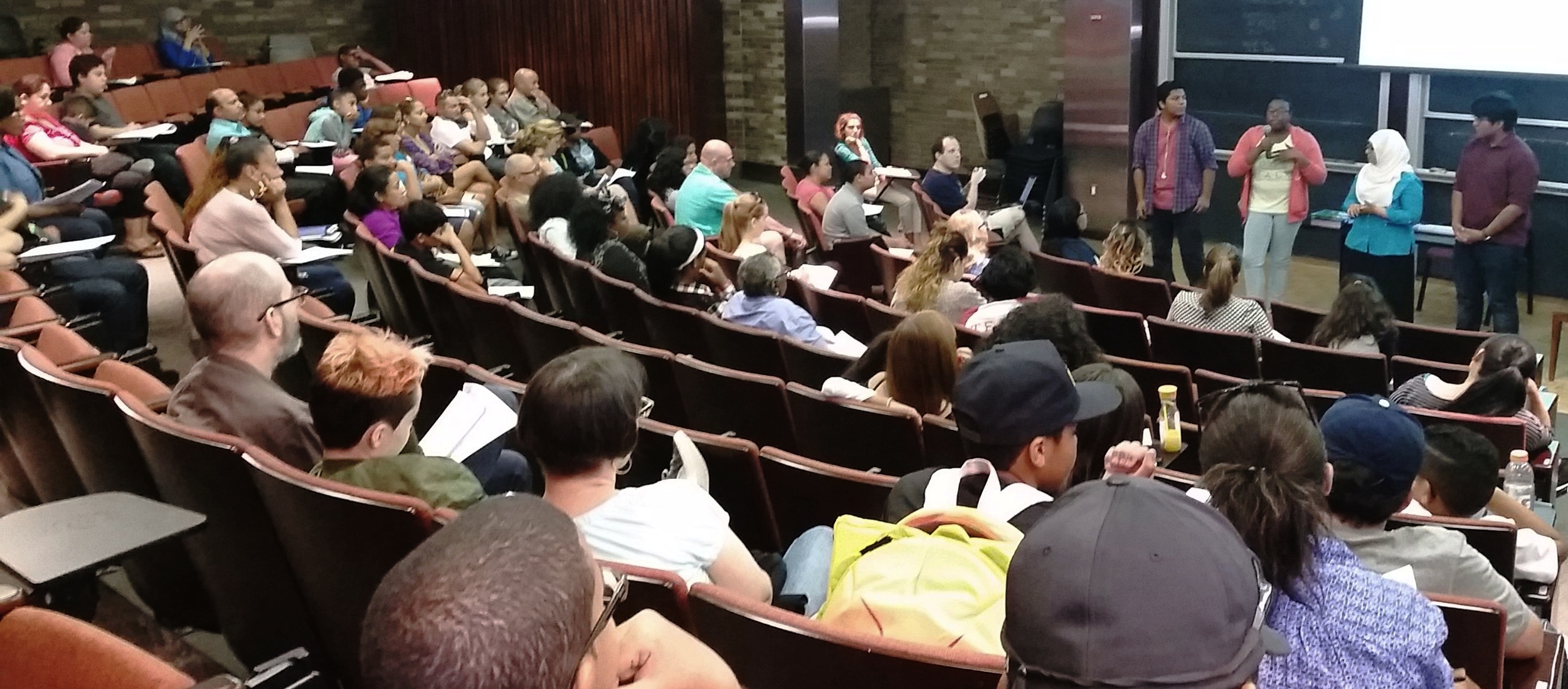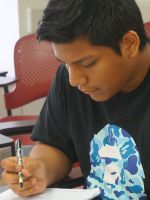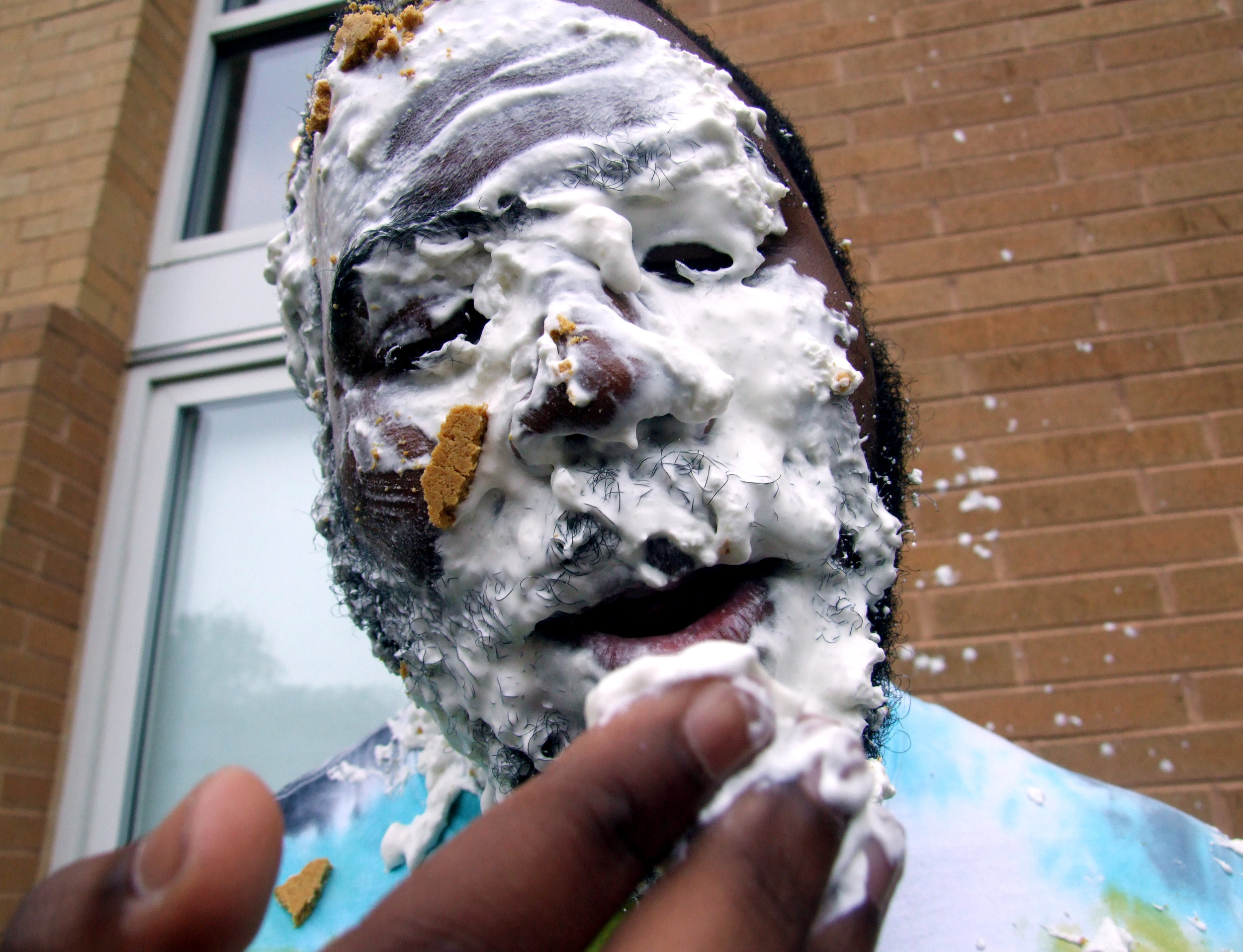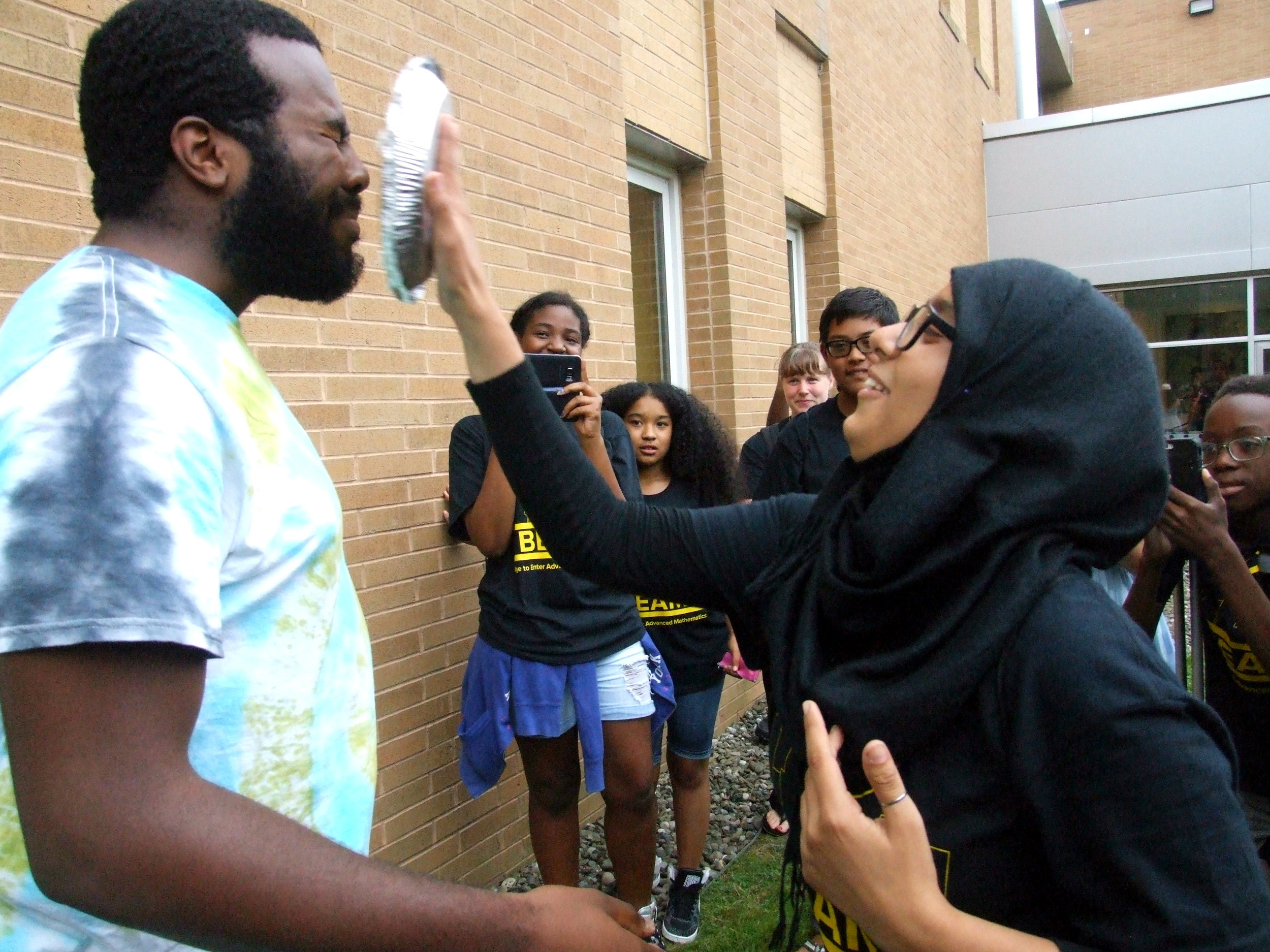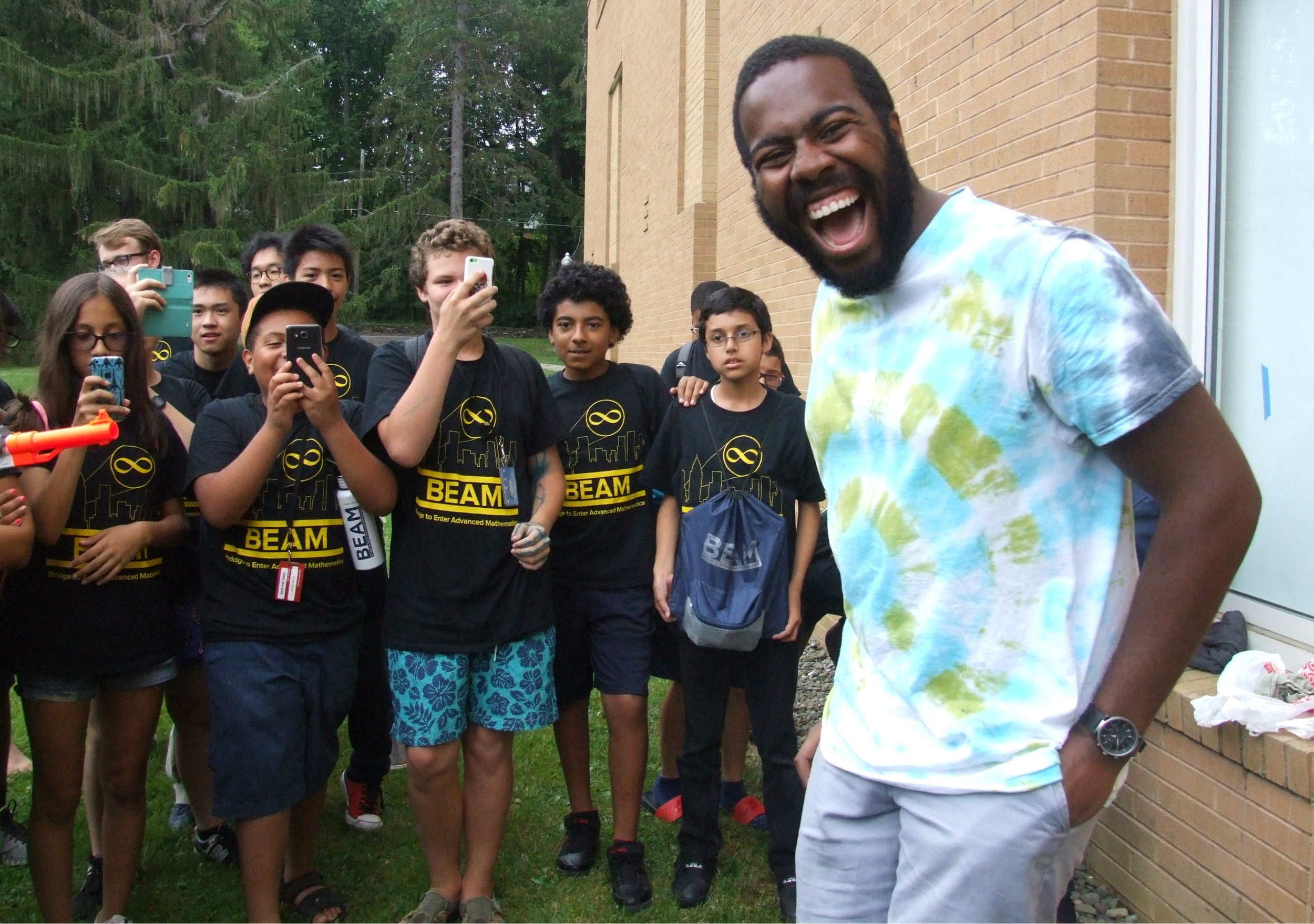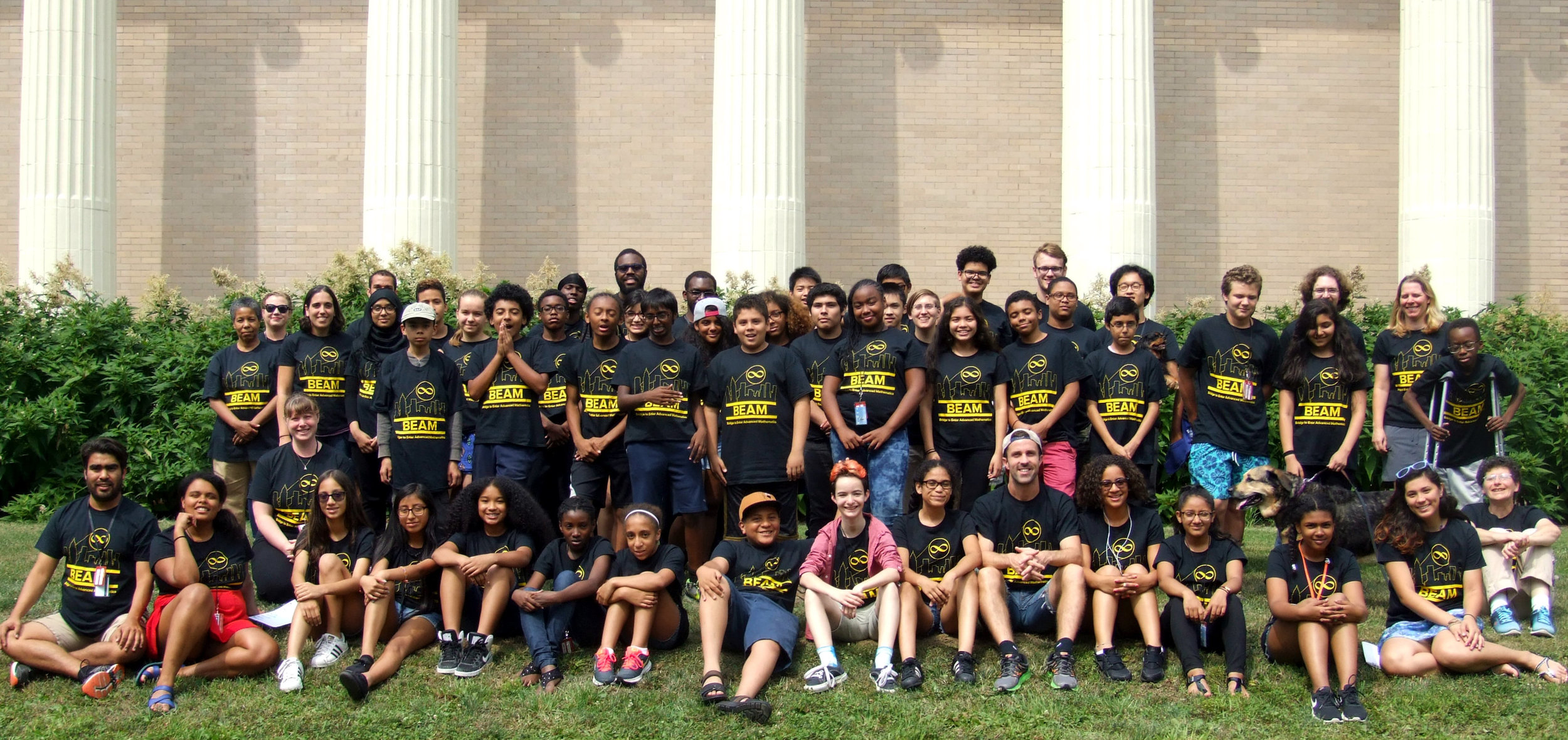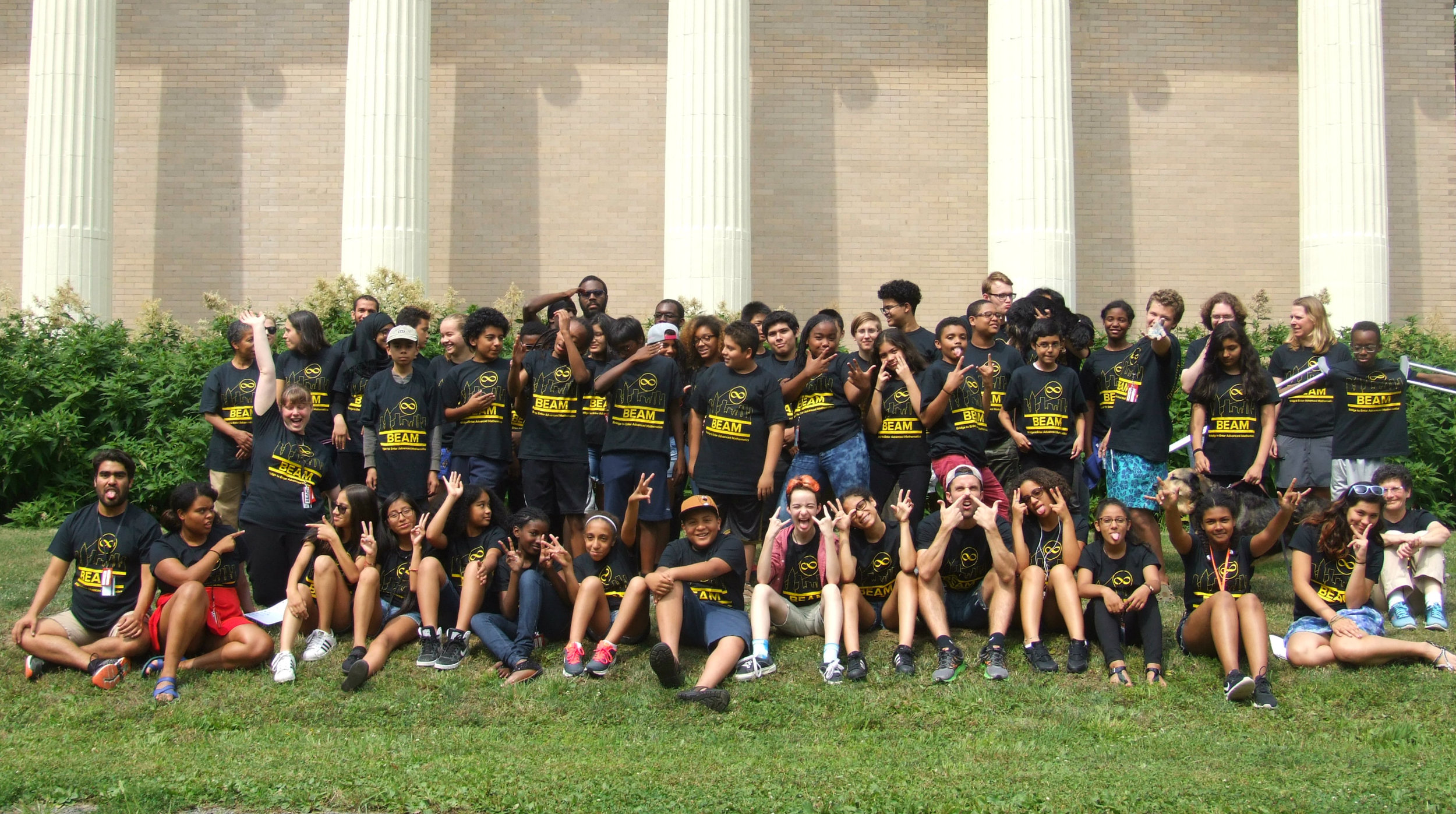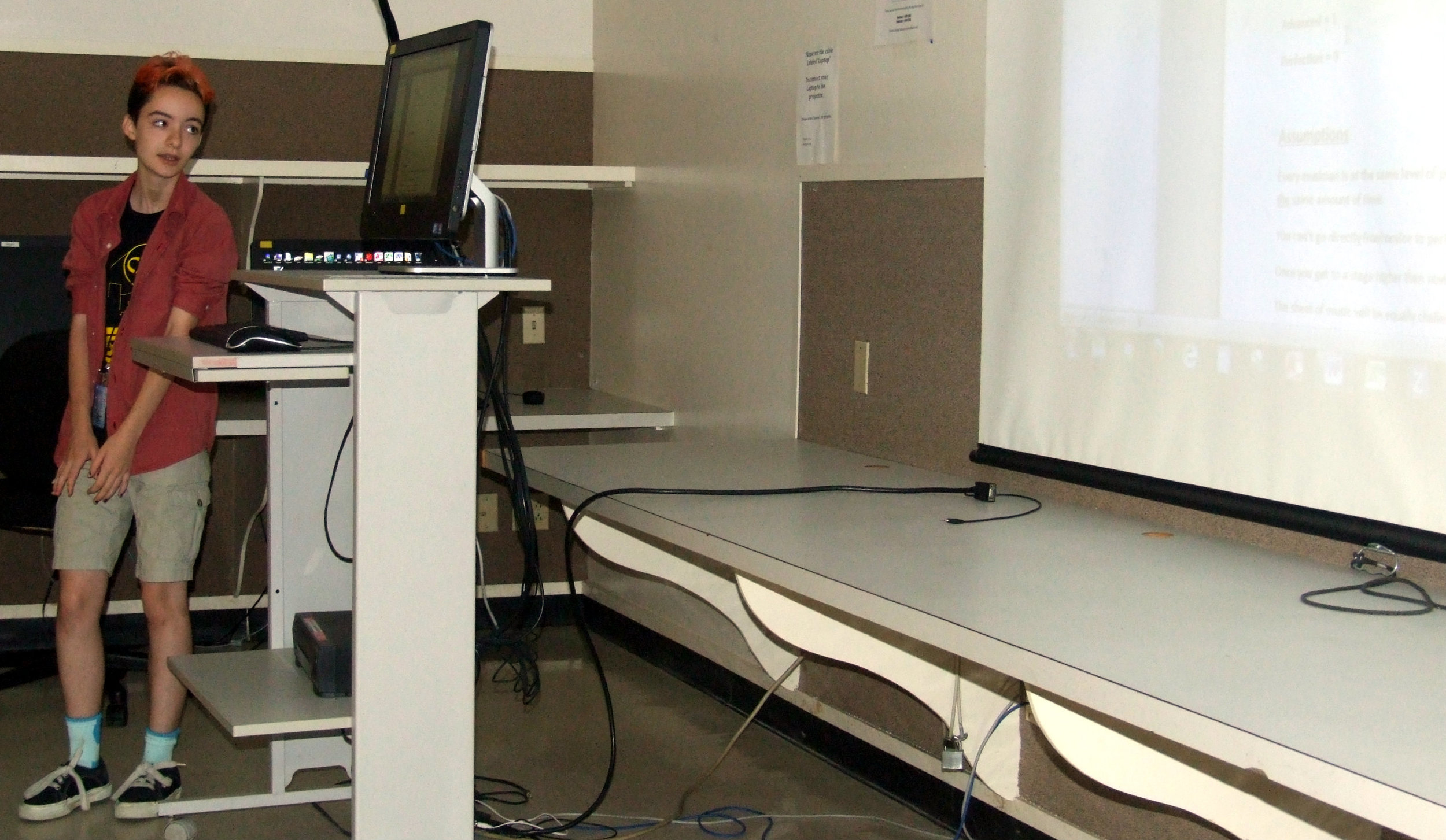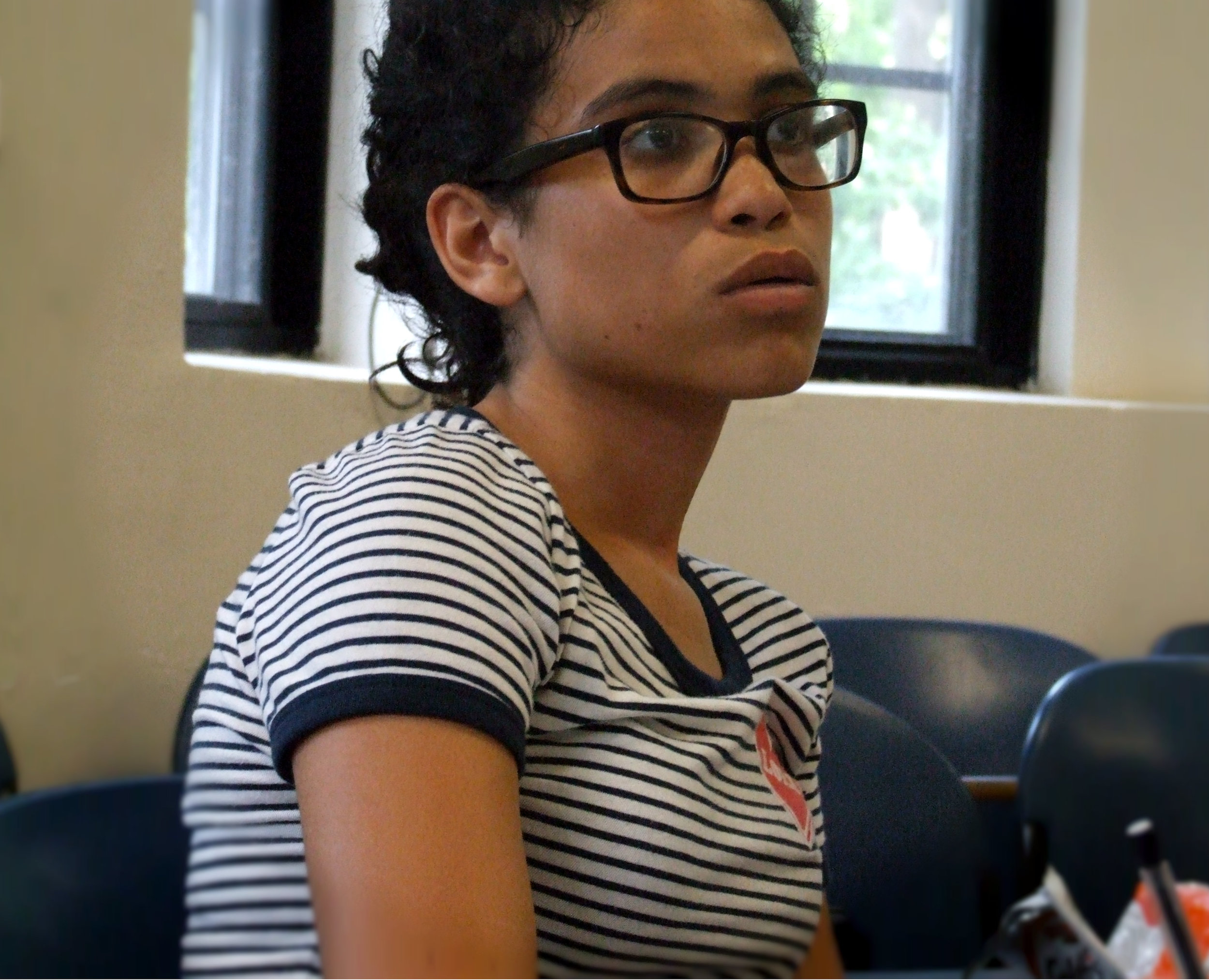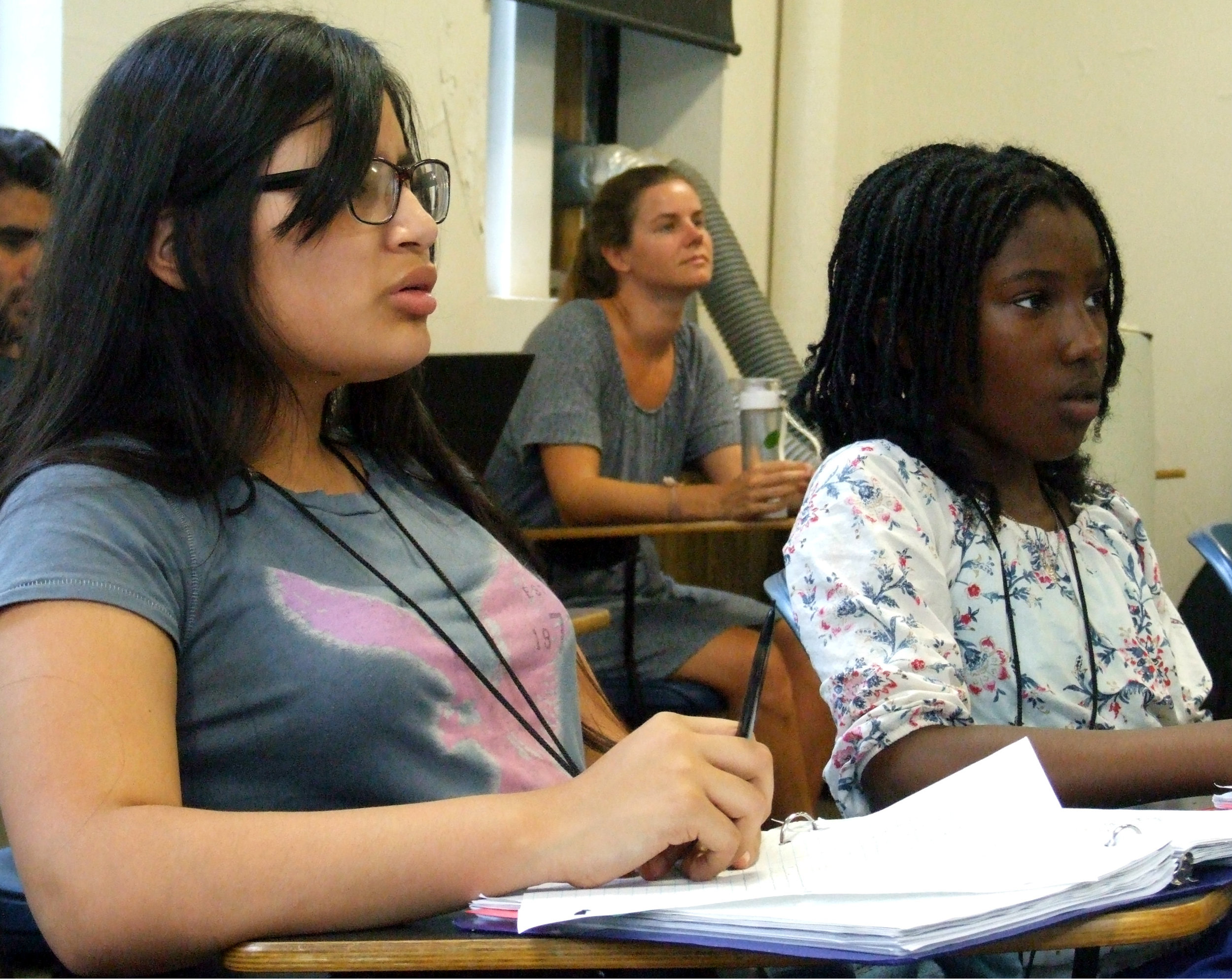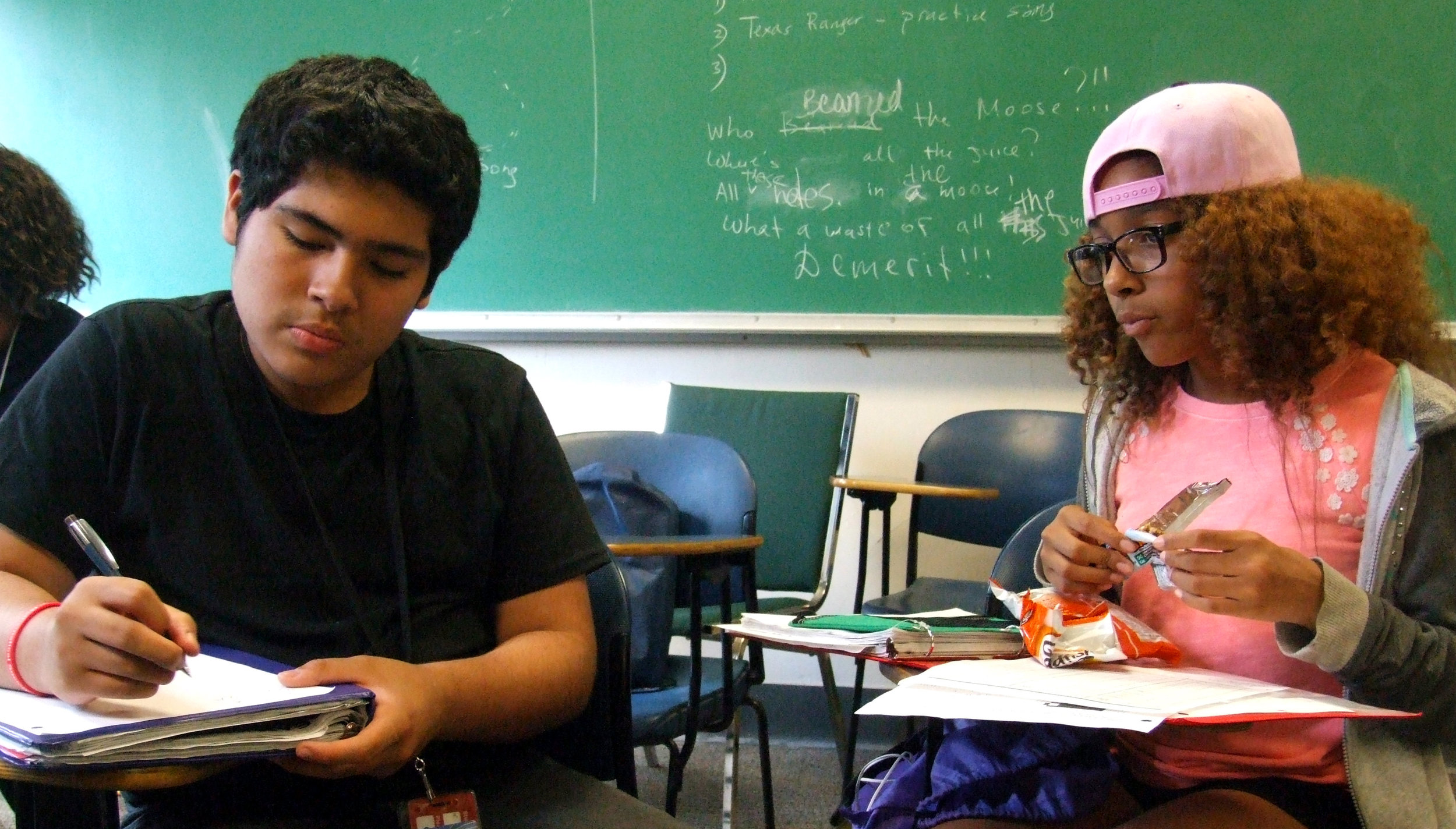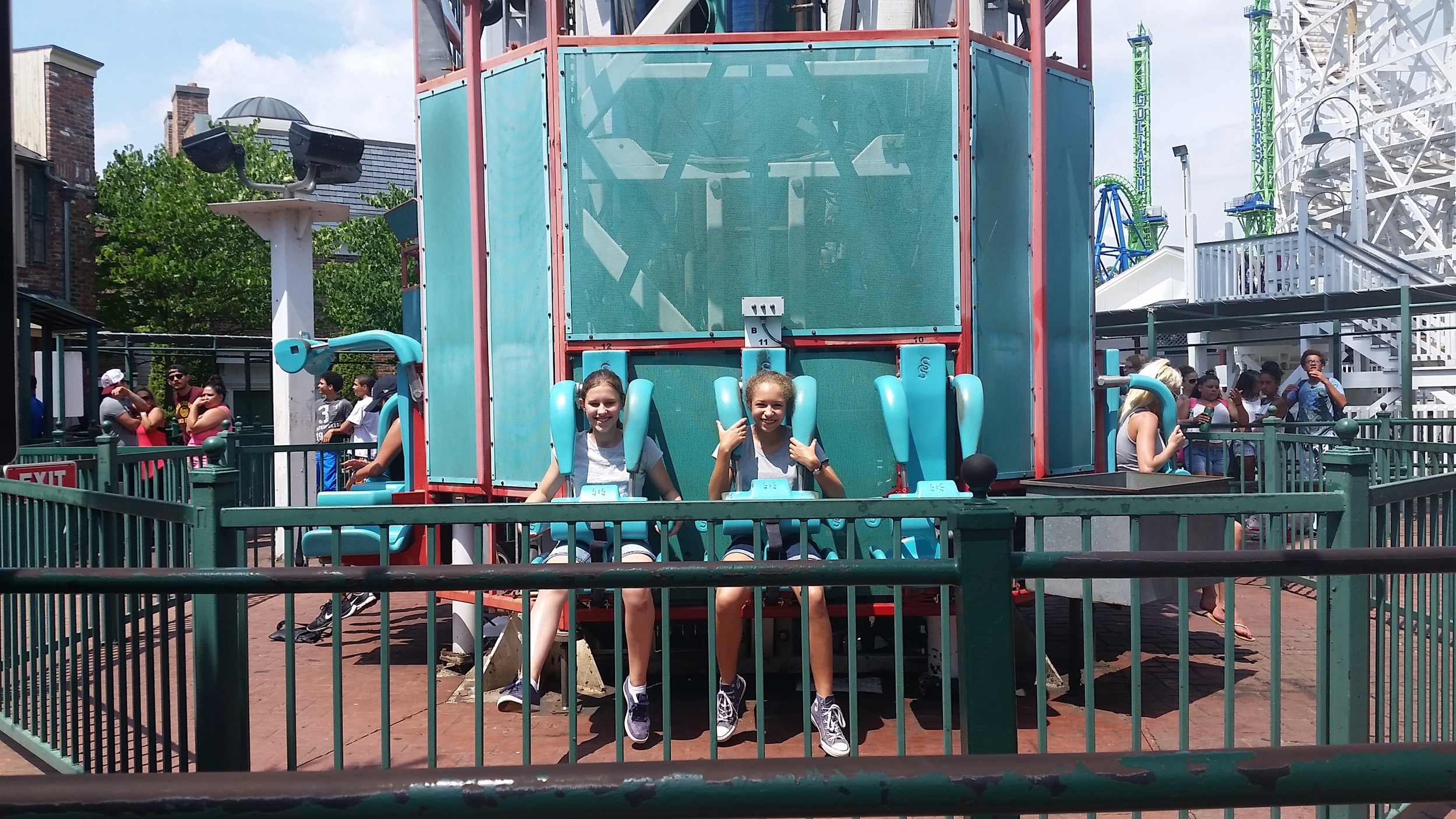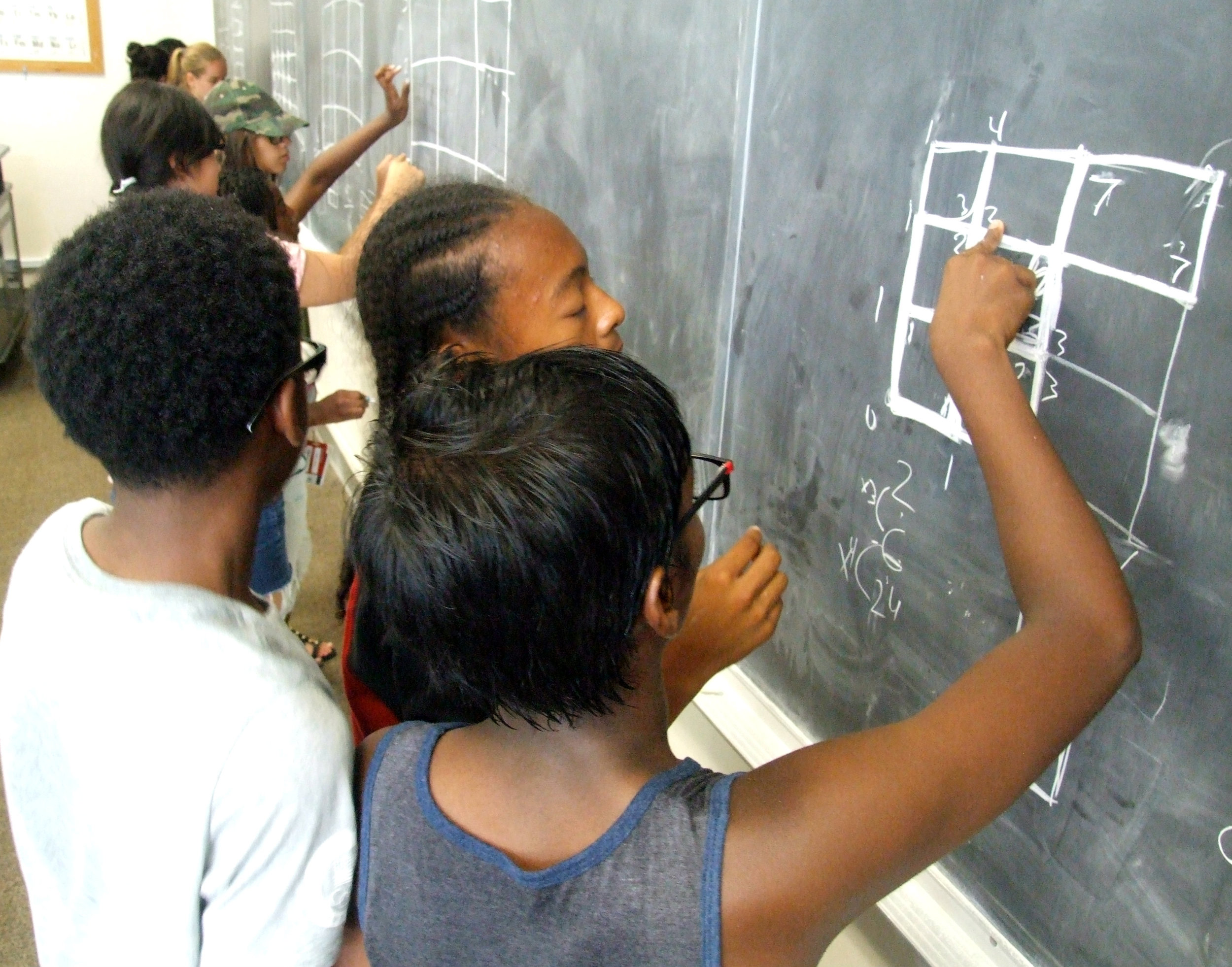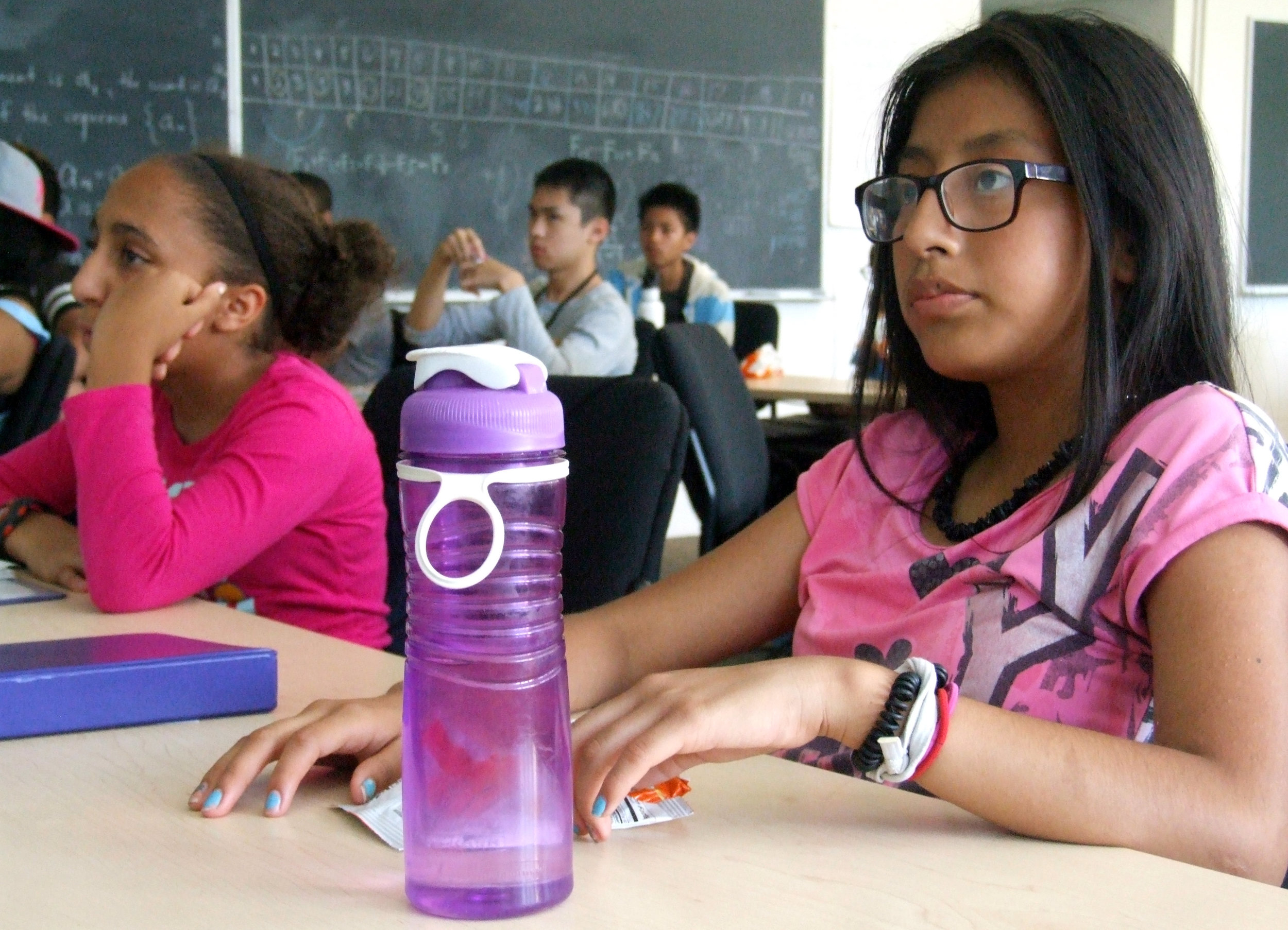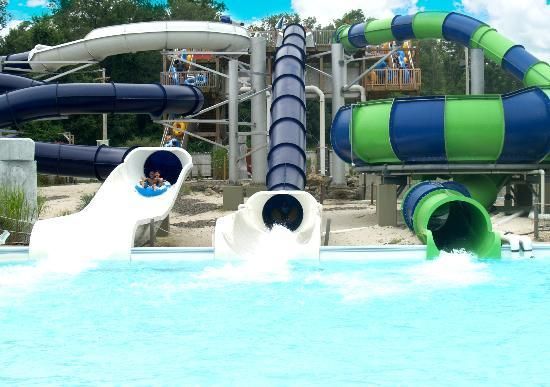It's that time again! Every quarter, we recap recent news and upcoming events for our followers. The most recent newsletter featured information about how 8th grade BEAM students apply to high school, an invitation to our upcoming trivia night, our inaugural "what we're reading section", and a recap of our recent essay writing workshop (because the growth mindset applies to writing just as much as it does to math!).
To read the full newsletter, click here. Sign up for future BEAM announcements at the bottom of this page.
